Laser Welded Assemblies
Precision Mandrels, Wires and Tube Components for Medical Devices
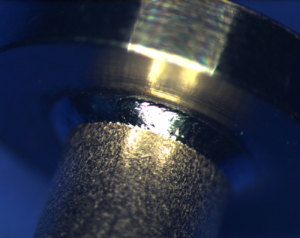
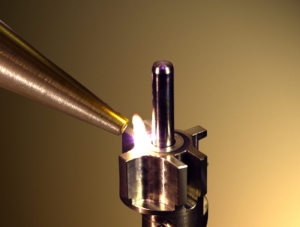
Our laser welding capability offers exceptionally high levels of consistency, controlled levels of penetration, fine weld seams, fast processing speeds and reduced heat input with little or no distortion. Our set-up allows long tubes, rods or wires to be welded together, as well as discrete micro-components. Typical examples of applications are miniature gears welded to shafts, sensor casings, garter springs, micro-actuators, micro-probes, orthopaedic and surgical tools, ophthalmic needles.
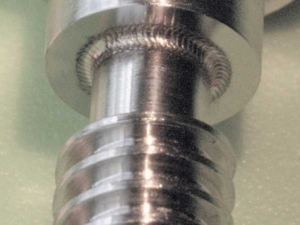
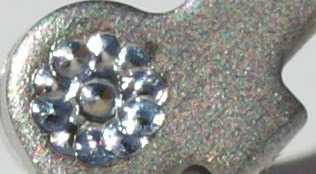
Laser welding is ideal for welding small precision items. Unlike electron beam welding or vacuum brazing, a vacuum is not required for laser welding. Our 100W pulse Nd:YAG laser processing system allows us to weld rotary seams as well as spot welds and butt welds. Inert gas is used to shield the molten metal from oxidation during laser welding, resulting in a bright, strong, clean weld.
Weld seams can be as small as 0.1mm wide, resulting in a spatter-free clean weld area.
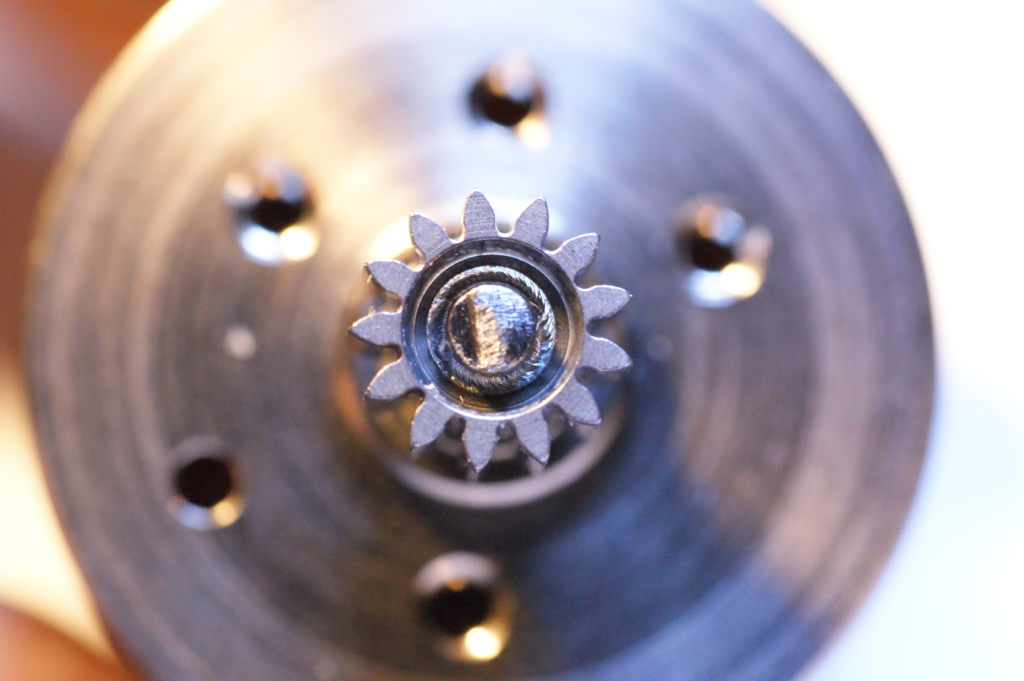
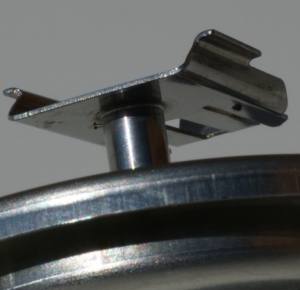
There are three basic weld modes, which correspond to the peak power density within the focus spot: conduction mode, transition mode, and penetration or keyhole mode. It can be seen that keyhole mode provides a far deeper weld, and is the most useful mode for welding for example thin foils together into a “sandwich”. Conduction and Transition modes remain potentially strong due to the weld overlap which occurs, whereby subsequent weld spots overlap between 70% and 90%, rendering a quasi-continuous weld bead.
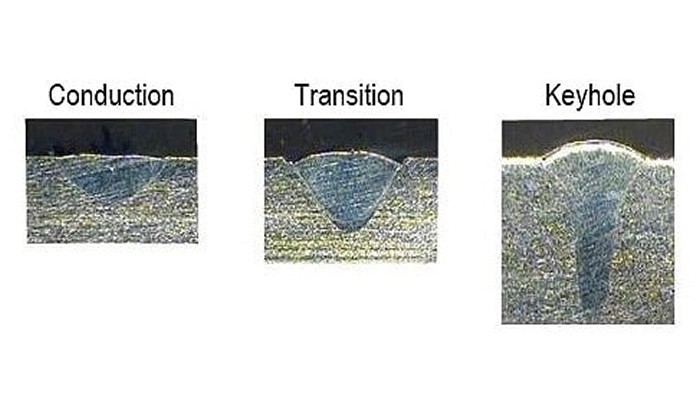
Conduction mode – Conduction welding happens at low energy density of about 0.5 MW/cm2, and leads to a that is shallow, wide weld nugget. Conduction of heat from the surface provides the weld melting temperature. When cosmetically good welds are required or when avoiding the presence of particulates is important, this provides the preferred welding method.
Transition mode occurs at medium power density of approximately 1 MW/cm2. Greater penetration than conduction mode occurs, with a shallow “keyhole”. Spot and seam welding applications are ideally carried out using this method.
Keyhole mode happens when peak power density is greater than approximately 1.5MW/cm2 with deep narrow welds giving an aspect ratio above 1.5.
